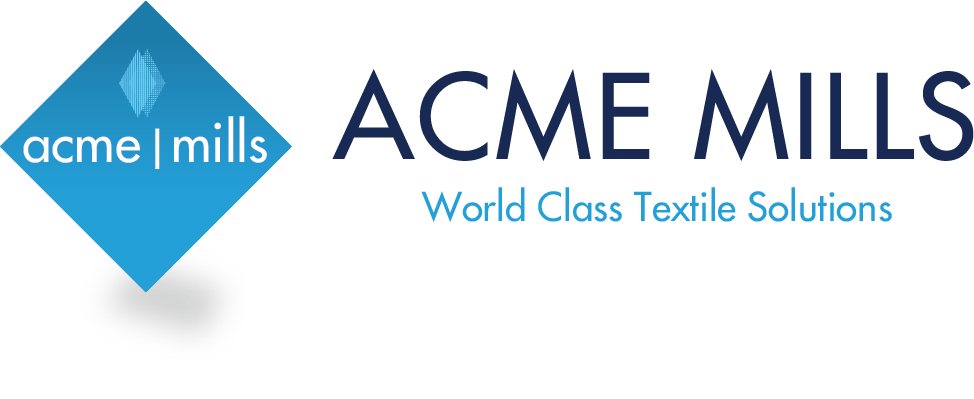Knit spacer fabrics have gained popularity in varied functional applications. Some important types of these fabrics are highlighted. One such is in medical applications, wherein the weft knit spacer fabrics have been attempted in treating pressure ulcer. The results show that the air permeability, thermal conductivity and water vapor permeability of weft knitted spacer fabrics are comparable with the existing wound dressings. The compressional resistance and resilience of them are good for providing protection as wound dressing. The absorbency of them is somewhat better than some wound dressings; however, they are suitable for pressure ulcer wounds with no heavy extrude. Warp knit spacer fabrics offer a better option over polyurethane foam in car seats owing to their advantages such as better recovery to compression, thermal properties and breathability. Flat-knitted spacer fabrics offer a strong potential for complex shape preforms, which could be used to manufacture composites with reduced waste and shorter production times. This article focuses on the improved strength and stiffness of woven three-dimensional (3D) spacer fabrics used in fiber reinforced plastics. The spacer fabrics were manufactured using E-glass/polypropylene (GF/PP) hybrid yarns and are intended for lightweight engineering applications. Flat-knitted spacer fabrics offer a strong potential for complex shape preforms, which could be used to manufacture composites with reduced waste and shorter production times.
Introduction
A good deal of research has been done in the area of spacer fabrics. Spacer fabrics can be of woven, nonwoven, and knitted types. Of these the knit spacer fabrics are the most prominent and find many and varied applications in technical textiles. When considering medical applications, pressure ulcer is one such. Pressure ulcer is the damage of skin or underlying tissue caused by prolonged pressure or pressure integrated with sheer and friction over a bony prominence which heel is one of the most common sites for pressure ulcer development [1-5]. In a new product development, designers must pay increased attention to environmental issues. In the motorcar industry, materials recycling have become a very important requirement. Fabrics and carpets inside cars are often composed of several layers of different materials, usually a polyester fabric laminated to a soft polyurethane foam backing by an adhesive. This type of construction makes disassembling virtually impossible, and the combination of different polymer chemistries for the fabric and backing makes recycling of the assembly extremely difficult. Furthermore, there is effluent emission from the flame bonding process, which is used to combine the different layers. As a result, the use of polyurethane foam in car interiors is environmentally hazardous both in terms of production and recycling
Read more: Some Significant Advances in Spacer Fabric Technology for Newer Areas of Applications










